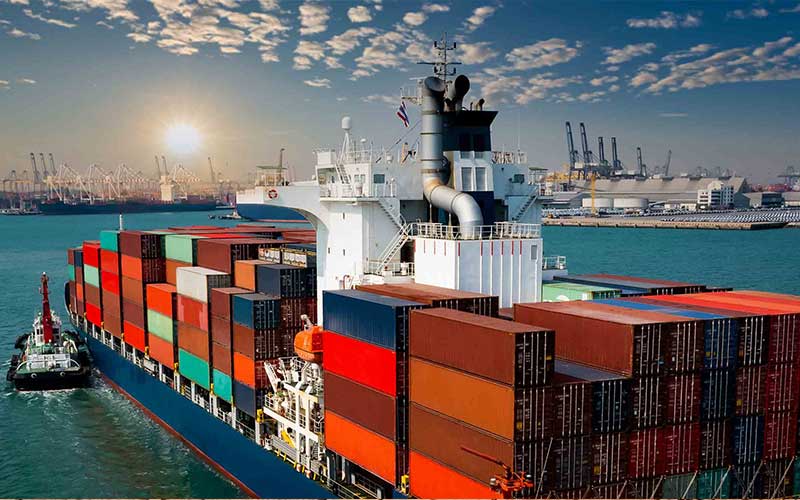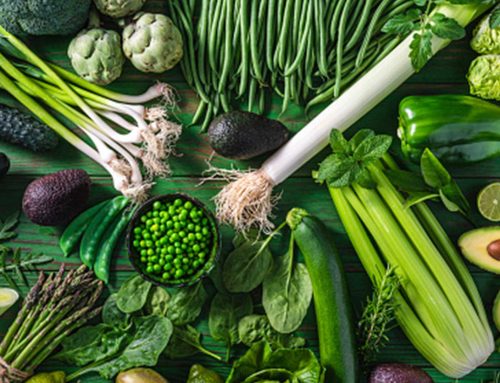Exporting agricultural products is an excellent way for farmers and agribusinesses to increase their profits and reach new markets. However, it can be challenging to navigate the regulations and requirements for exporting, particularly if you’re new to the process. In this blog post, we’ll walk you through the steps necessary to export agricultural products to different countries.
Understanding International Trade Regulations
Before you begin exporting agricultural products, it’s essential to understand the international trade regulations and agreements that govern trade between countries. The World Trade Organization (WTO) sets the rules for international trade, and many countries are signatories to the WTO’s agreements.
It’s also important to understand that each country has its own set of regulations and requirements for importing agricultural products. These regulations can vary widely, from product safety and quality standards to labeling requirements and phytosanitary regulations.
To navigate these regulations, you should consider working with a trade expert or legal counsel who is familiar with international trade regulations. They can help you understand the rules and regulations, as well as any trade barriers or tariffs that may apply to your products.
Identifying Export Markets
Once you’ve familiarized yourself with the international trade regulations, you can start identifying the best export markets for your agricultural products. Factors to consider when selecting export markets include:
- The demand for your products in each market
- The availability of potential customers and partners
- The requirements and regulations for importing agricultural products in each market
- The competition in each market
To find the best export markets, you can start by conducting market research and looking for trends in your industry. You can also attend trade shows or conferences to connect with potential customers and partners.
Preparing Agricultural Products for Export
Once you’ve identified your export markets, it’s time to prepare your agricultural products for export. This involves ensuring that your products meet the requirements and regulations for importing agricultural products in each market.
The requirements for exporting agricultural products can vary widely depending on the product and the market. For example, some markets may require specific certifications or testing to ensure product safety and quality. Other markets may have specific packaging or labeling requirements.
To ensure that your products meet the necessary requirements, it’s essential to research the regulations for each market carefully. You can work with a third-party testing or certification agency to ensure that your products meet the necessary standards.
You should also make sure that your products are properly packaged and labeled for export. This can include labeling in the local language, including the necessary product information and safety warnings. Proper packaging is also critical to ensuring that your products arrive in good condition and meet the necessary standards.
Exporting Agricultural Products
Once you’ve prepared your agricultural products for export, it’s time to start the exporting process. This involves finding and working with export partners, shipping your products, and navigating customs and other regulatory requirements.
One of the best ways to find export partners is through trade organizations or industry associations. These groups can connect you with potential customers and partners in your target markets. You can also work with freight forwarders or logistics providers who specialize in exporting agricultural products.
When shipping your products, it’s essential to ensure that they are properly packaged and labeled, and that you have all the necessary documentation and paperwork. This can include export licenses, customs forms, and bills of lading.
Once your products arrive at the destination country, they will need to clear customs and meet any additional regulatory requirements. This can include inspections, testing, and certification. It’s important to work with a customs broker or legal counsel to ensure that your products clear customs smoothly.
Post-Export Considerations
After you’ve successfully exported your agricultural products, there are a few post-export considerations to keep in mind. These can help you maintain your relationships with export partners
and ensure future export success.
One important consideration is maintaining relationships with your export partners. This includes following up with them after the shipment arrives to ensure that everything went smoothly and addressing any issues that may arise.
You should also keep accurate records of all of your export activities, including contracts, invoices, and shipping documents. This can help you manage your finances and ensure that you are complying with any regulatory requirements.
Finally, it’s important to evaluate your export activities periodically to ensure that you are meeting your goals and achieving the desired results. This can involve analyzing your sales data, reviewing your marketing strategies, and identifying areas for improvement.
Conclusion
Exporting agricultural products to different countries can be a complex process, but it’s essential for farmers and agribusinesses looking to expand their markets and increase their profits. By understanding international trade regulations, identifying the best export markets, preparing your products for export, and working with the right partners, you can successfully navigate the exporting process and achieve your goals.
Remember to stay up-to-date with regulatory requirements, maintain strong relationships with your export partners, and regularly evaluate your export activities to ensure future success. With these tips in mind, you can take your agricultural products to new markets and achieve greater success in your business.






